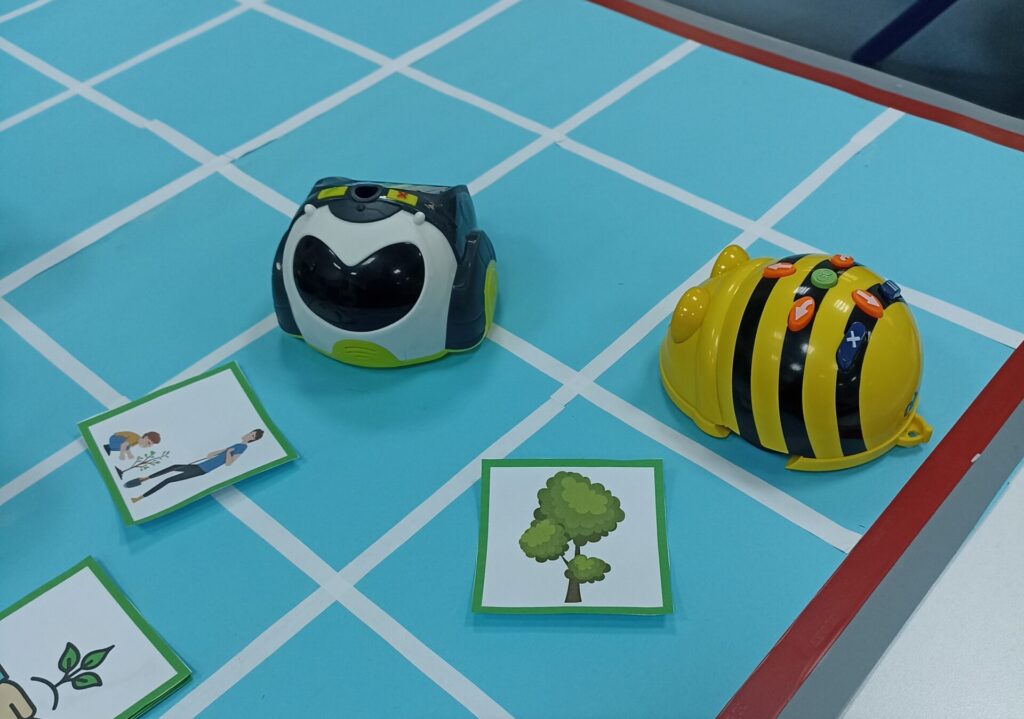Jan Delcker, University of Mannheim
Learning with robots can be fun for children, as it provides a creative approach which includes playful, interactive and attractive elements. There is a multitude of learning robots which allows exciting learning for different age groups, competence levels and interests. Most learning robots directly react to children’s input, such as pressing buttons, creating simple code or answering questions. In this way, learning with robots becomes an interactive experience.
The experience gets enhanced through gamification elements: Gaining points and similar incentives are already known through other kinds of games, as well as challenging tasks which can be solved in a playful way. Robots allow children to experiment and explore, raising both curiosity and awareness for new, future oriented technologies which are part of their daily live. Children are already fascinated by robots, because of their movements, the sounds they make and other reactions which make them seem alive and intelligent. Learning robots can be used in one on one situation, but in many approaches, communication and collaboration with peers is part of the learning arrangement. If used in the right way, learning robots can help children to train teamwork and strengthen their social skills.
A big part of learning and playing with robots is directly connected to the development and further enhancement of creativity, as innovative problem-solving in theory and practice is an essential element of all robot related coding processes.

